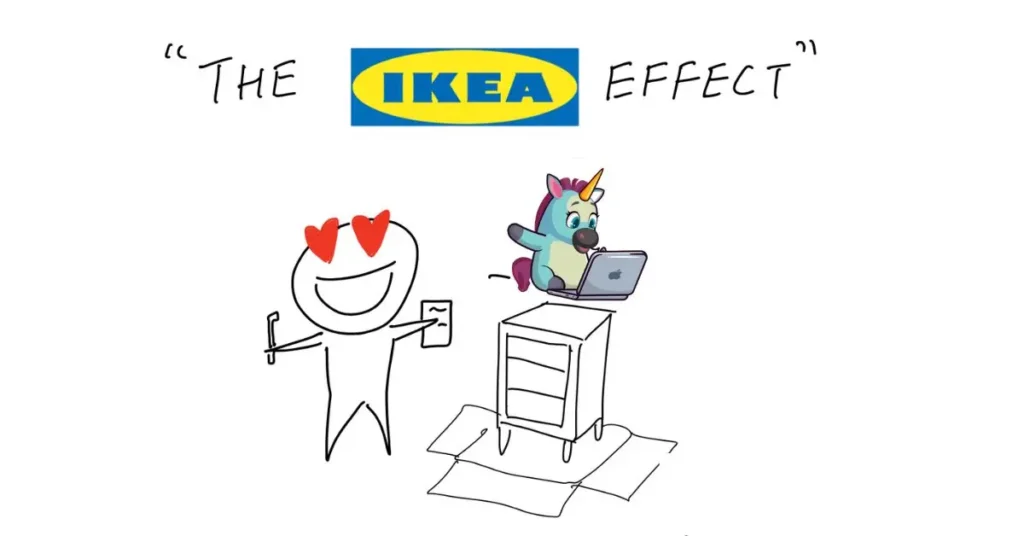
Ever felt an irrational surge of pride after assembling a wobbly IKEA bookshelf?
Or found yourself fiercely defending that slightly lopsided clay pot you made in a pottery class?
Welcome to the IKEA Effect!
And guess what?
It’s not just about furniture or arts and crafts.
This psychological phenomenon can be used in your marketing strategy.
🧠 The Psychology Behind the IKEA Effect
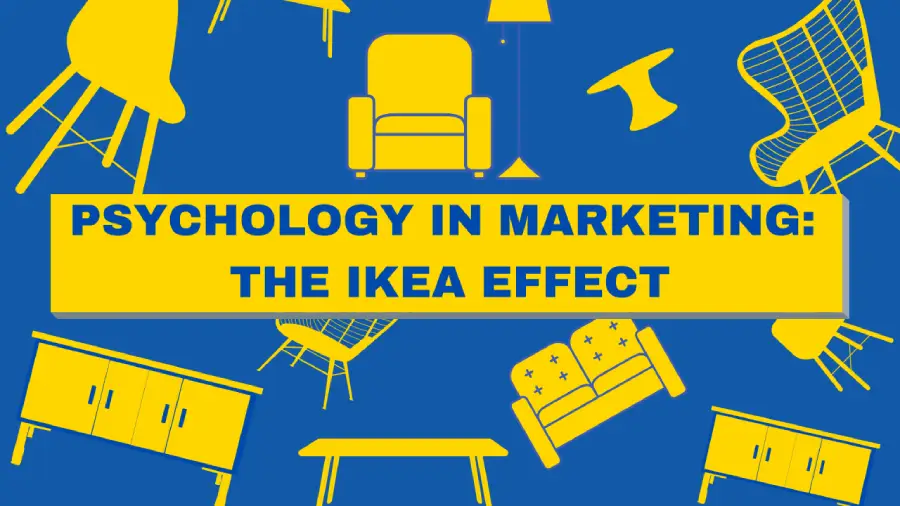
The IKEA Effect is a cognitive bias where people place a disproportionately high value on products they’ve partly created themselves.
It’s as if our brains are saying, “I made this, so it must be awesome!“
This effect suggests that by involving customers in the creation or customization process, you can significantly increase their perceived value of your product or service.
It’s like giving your customers a psychological ownership stake in your brand!
🔬 The Science Behind the IKEA Effect
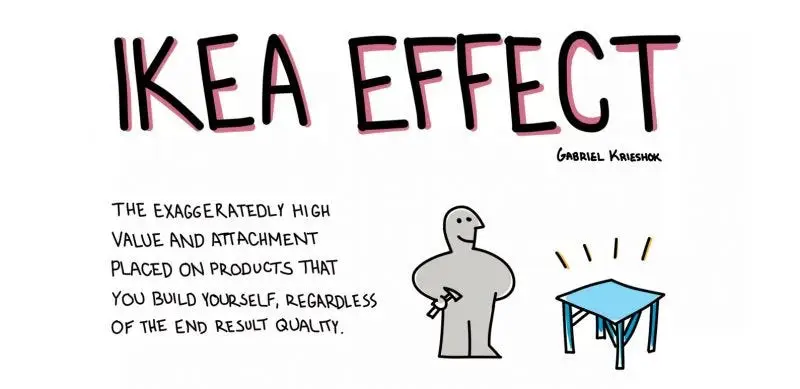
At its core, the IKEA Effect taps into our deep-seated need for competence and autonomy.
When we successfully complete a task, even a simple one like assembling furniture, our brains release a little burst of dopamine – the feel-good neurotransmitter.
A 2011 study by Michael I. Norton, Daniel Mochon, and Dan Ariely in the Journal of Consumer Psychology found that participants valued their self-made products about 63% higher than pre-made equivalents.
This psychological mechanism explains why we’re more likely to love and promote products we’ve had a hand in creating or customizing.
Marketers can use this by offering opportunities for customer involvement in the product or service development process.
It’s like our brains are saying, “I helped make this, so it’s obviously the best choice!“
💼 How to Use the IKEA Effect in Your Marketing Campaigns
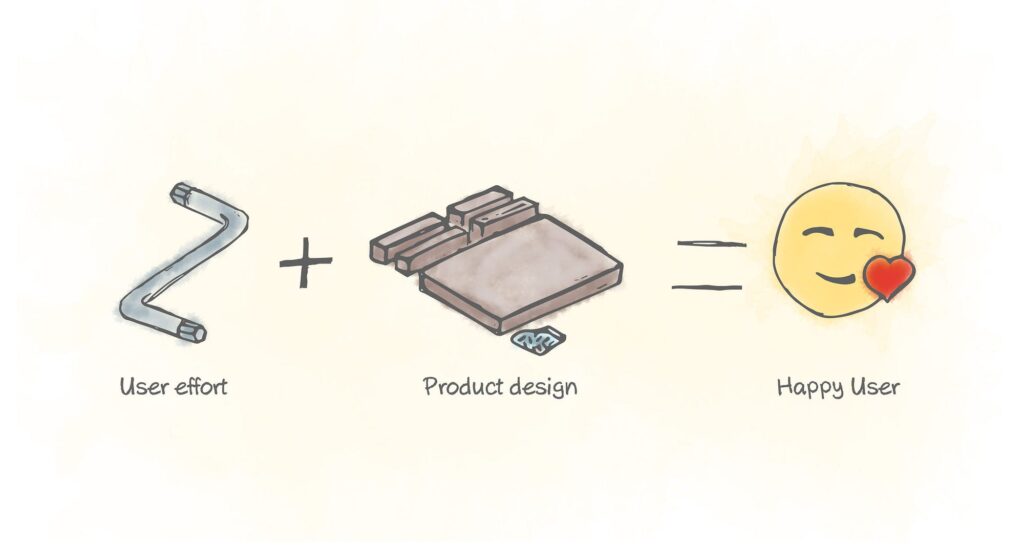
Ready to harness the power of DIY in your marketing? Here’s how you can apply it:
- Offer customization: Allow customers to personalize products or services to their liking.
- Create build-your-own options: Let customers assemble their own product bundles or packages.
- Involve customers in development: Ask for customer input on new features or products.
- Provide assembly options: If possible, offer products that require some assembly.
- Gamify the experience: Turn the customization or building process into an engaging, game-like experience.
Remember, the key is to strike a balance.
The task should be just challenging enough to create a sense of achievement, but not so difficult that it becomes frustrating.
Don’t make your customers build a rocket – a nice bookshelf will do!
🐐 IKEA Effect Marketing GOATs
Ready to see the IKEA Effect in action?
Here are some brands nailing it (duh, we’re not including IKEA themselves)!
Build-A-Bear Workshop

Build-A-Bear Workshop’s entire business model is built around the IKEA Effect. Customers literally build their own stuffed animals, creating a strong emotional attachment to the product.
NikeID
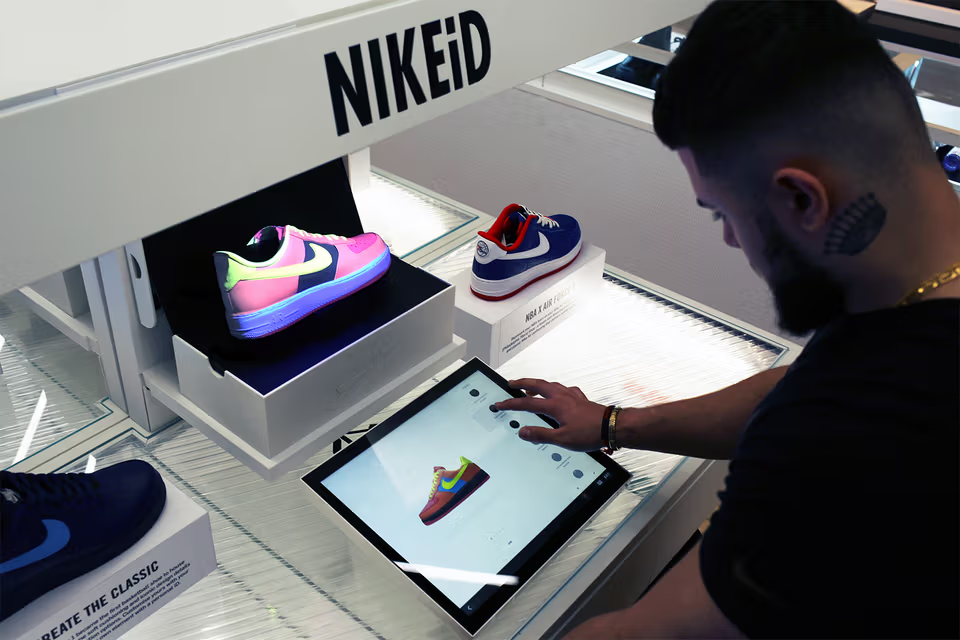
Nike’s customization platform allows customers to design their own shoes, from colors to materials. The result? Sneakerheads willing to pay premium prices for their custom kicks.
Coca-Cola’s “Share a Coke” Campaign
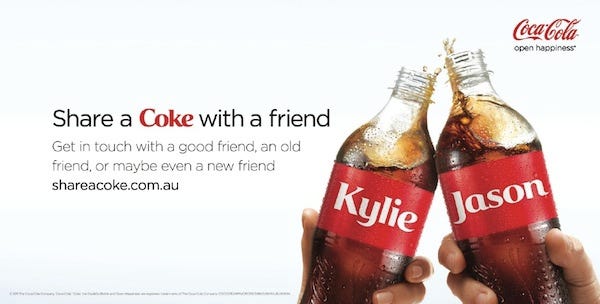
By allowing customers to find or create bottles with their names on them, Coca-Cola tapped into the personalization aspect of the IKEA Effect.
Lego Ideas
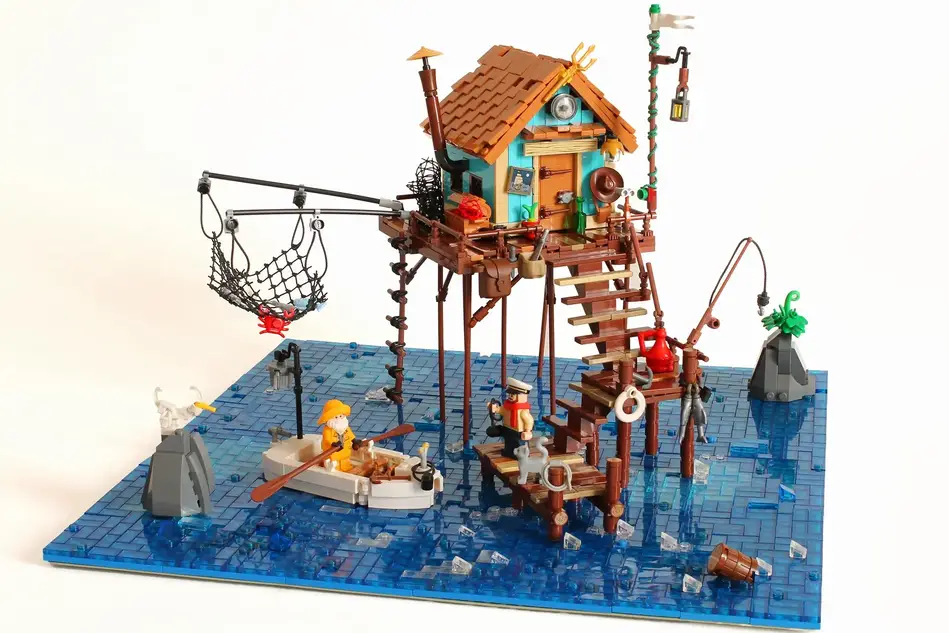
Lego’s platform where fans can submit and vote on new set ideas not only engages the community but also creates a sense of ownership in the product development process.
Threadless

This t-shirt company lets users submit designs and vote on which ones should be produced, creating a strong community of designers and customers who feel invested in the brand.
💡 The IKEA Effect Takeaway
The IKEA Effect isn’t just about making customers work for the sake of it – it’s about creating meaningful interactions that foster a sense of accomplishment and ownership.
Use it wisely by offering the right level of involvement and customization that adds value to your customers’ experience.
When applied effectively, it can boost product valuations, increase brand loyalty, and turn customers into passionate brand advocates.
After all, who wouldn’t want to show off their “self-made” masterpiece?

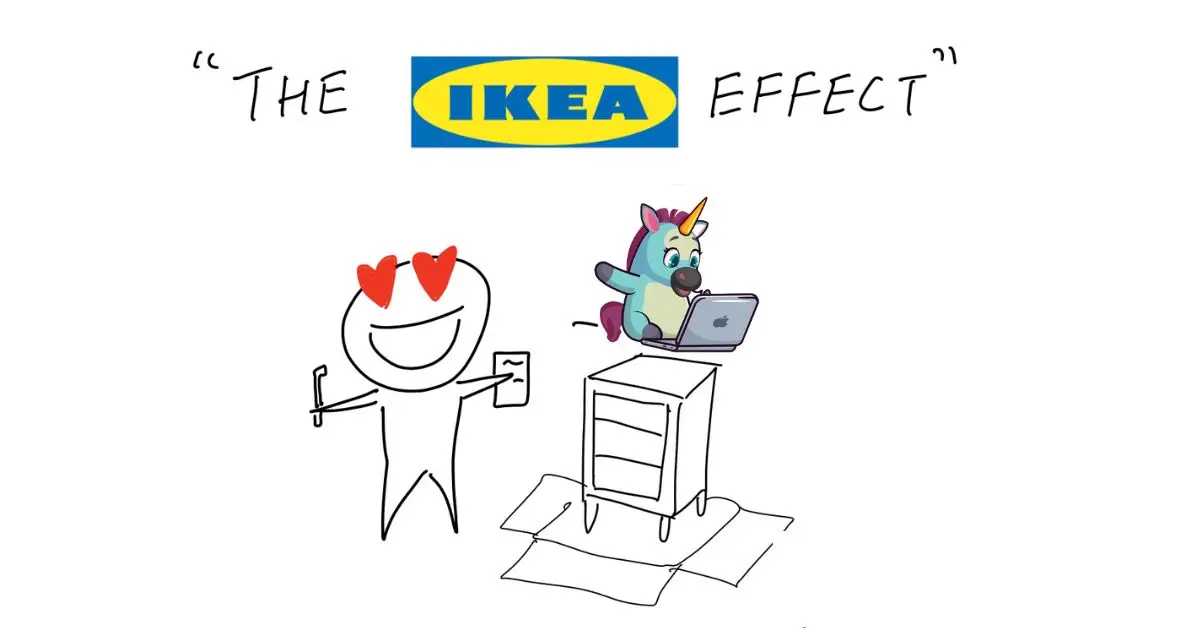
Leave a Reply